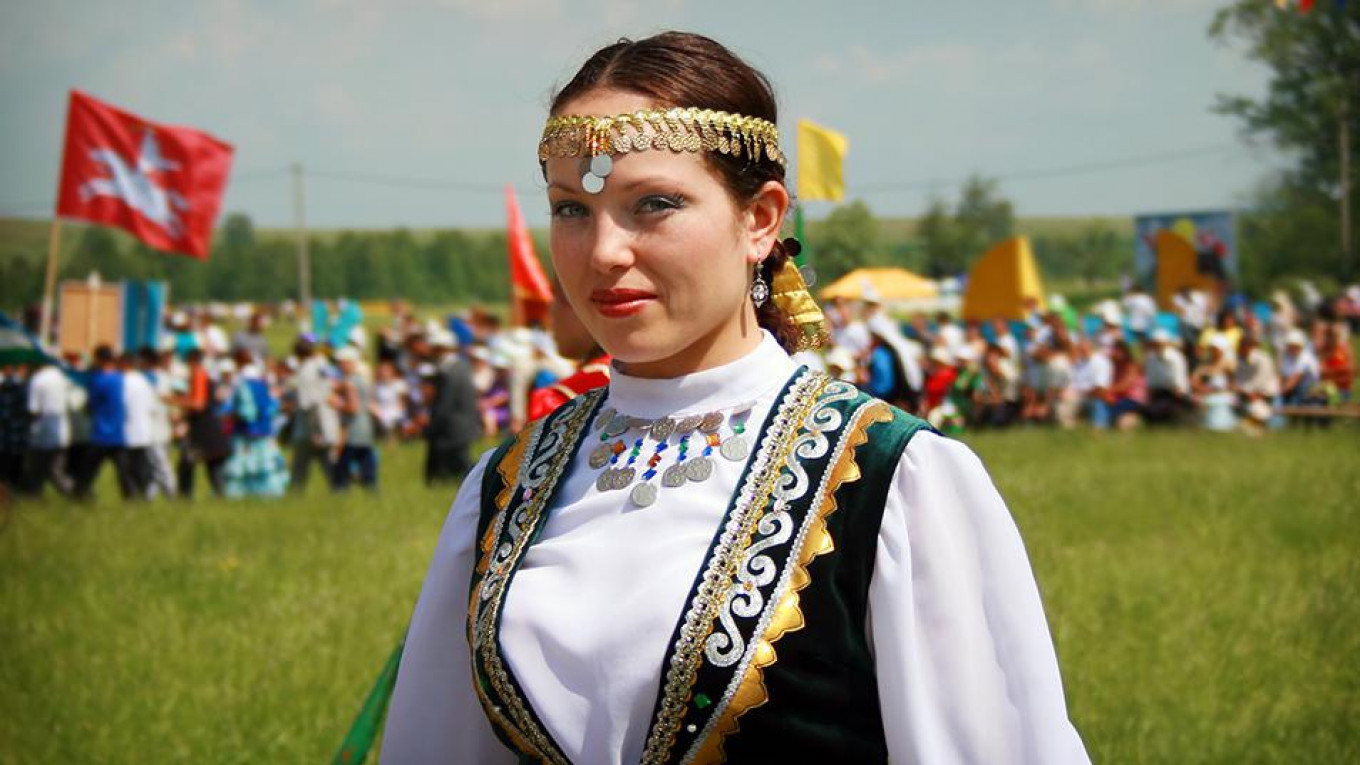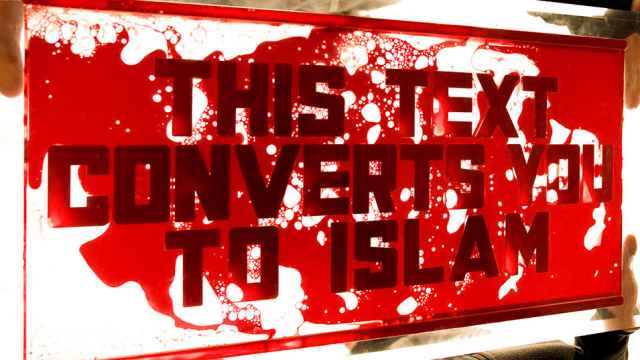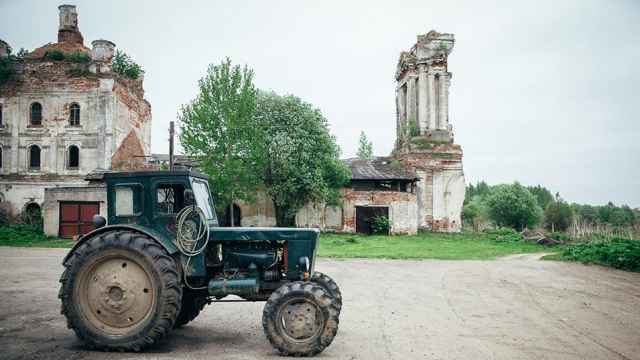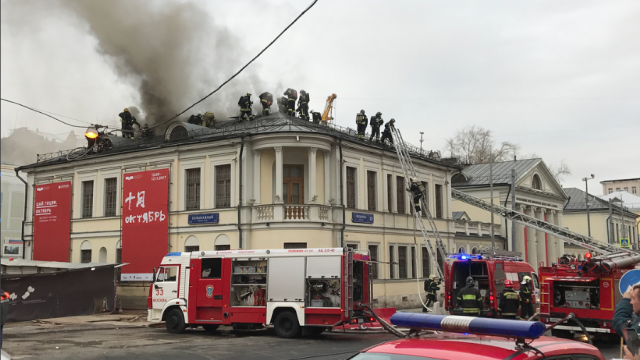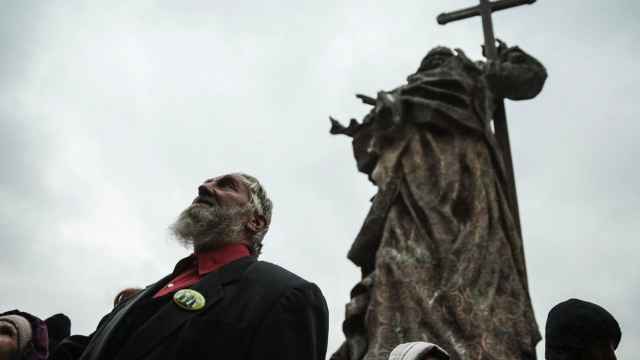Heading to Kazan but don’t know much about Tatars, the majority of Tatarstan’s population? Check out our guide and wow your friends. Tatars are the second largest ethnic group in Russia, at more than 5 million people, and constitute the majority of the population of the Republic of Tatarstan. Tatarstan is located at the junction of East and West and its culture has always been at the crossroads of civilizations.
Between East and West
The territory of modern Tatarstan was once part of ancient Volga Bulgaria, then the Golden Horde, and for centuries it was part of the Silk Road, where goods and ideas traveled between East and West. In the 16th century, the Tatars lost independence to Ivan the Terrible and became part of an ever-expanding Russia.
Tatarstan’s history is reflected in its cultural diversity. After the forced imposition of Russian culture and Orthodox Christianity on the Tatars, as well as the destruction of historical monuments and mosques, there was a huge growth in the sense of Tatar national identity when Catherine the Great again allowed Muslims to freely practice their religion. That national identity can still be seen today.
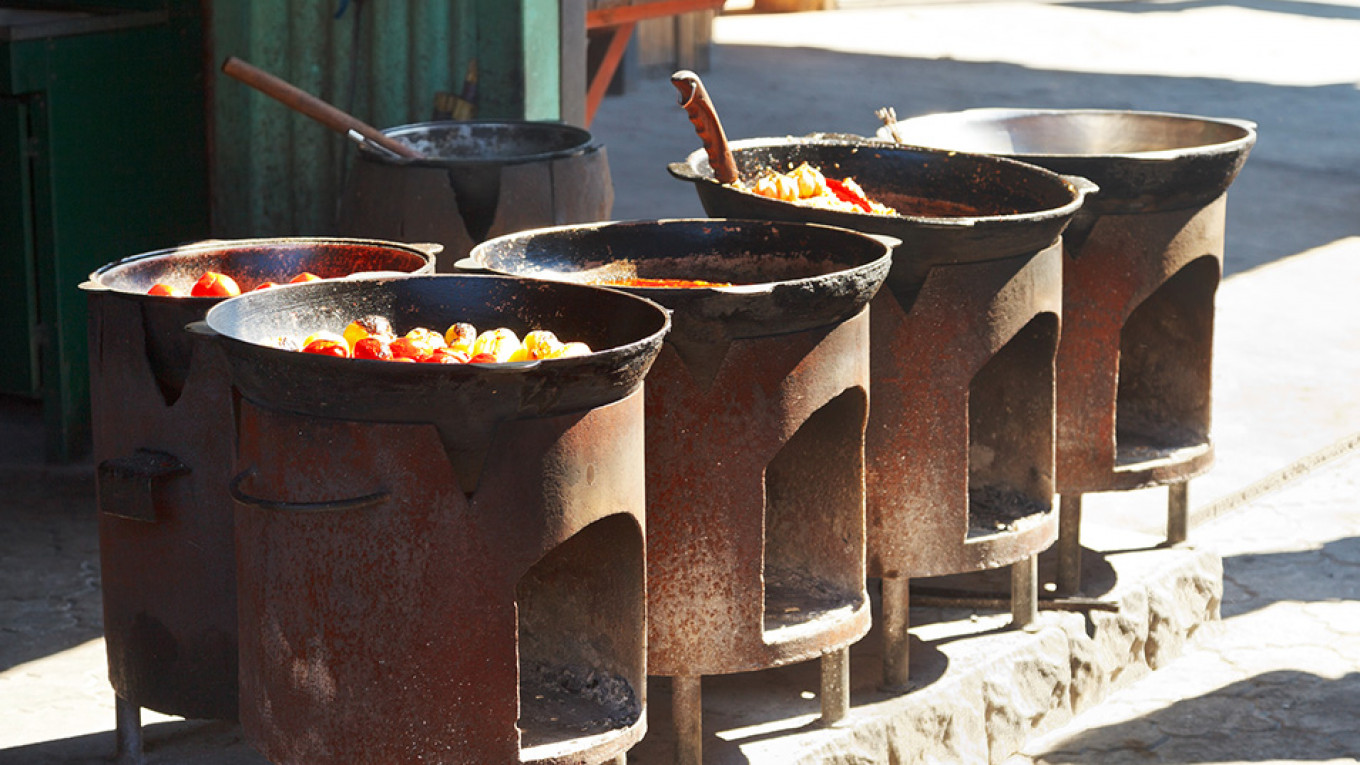
Tatars in the Soviet Union
Russian and Tatar are both considered official state languages in the Republic of Tatarstan. Before the 1917 revolution, the Tatar language was written in the Arabic alphabet. In the Soviet Union, a new Latin alphabet was first introduced, then in 1939 it was replaced by Cyrillic, which is still in use today.
patriarchal traditions are still strong in the region.
The majority of Tatars are Sunni Muslims, a denomination that took hold in the region back in the 10th century during the times of the Volga Bulgaria, which adopted Islam as a state religion. As opposed to the Muslims of the North Caucasus, Tatars practice what can be called “Euro Islam,” or “reformed Islam” influenced by European culture. Many Tatars don’t follow the ritualistic elements of Islam; the religion simply became part of the culture. For instance, Tatar women never wore a veil and inter-faith marriages make up about a third of the total number.
Nevertheless, patriarchal traditions are still strong and even in modern families the father often has implicit authority, while girls are taught to be submissive to their husbands and do all the household duties.
Artistic Traditions
Islam forbade depictions of people, animals and birds, so up to the end of the 19th century Tatar art was mostly ornamental. The main patterns used were floral, zoomorphic and geometric. At the turn of the 19th and 20th centuries, the most popular paintings were religious quotes based on Arabic calligraphy.
Tatars achieved unparalleled craftsmanship in embroidery, jewelry, ceramics, stone and wood carving, and calligraphy. A unique Tatar craft is the art of leather mosaic, which dates from the times of Volga Bulgaria. Traditional Tatar multicolored patterned leather boots called ichigi are the most interesting and practical application of the art of mosaic. Tubeteika, a cap worn by both men and women, is another item of clothing with patterns. Chuvyaki — the local equivalent of flat shoes — are also often made with bright colors and patterns.
In 1895, the first modern art school opened in Kazan, which fostered the development of European-style fine arts such as painting, drawing and sculpture. The most famous painters from Tatarstan are Nicolai Fechin, who emigrated to the U.S. in the 1920s, as well as Baqi Urmance and Ildar Zaripov. Their works can be found at the Tatarstan State Museum of Fine Arts.
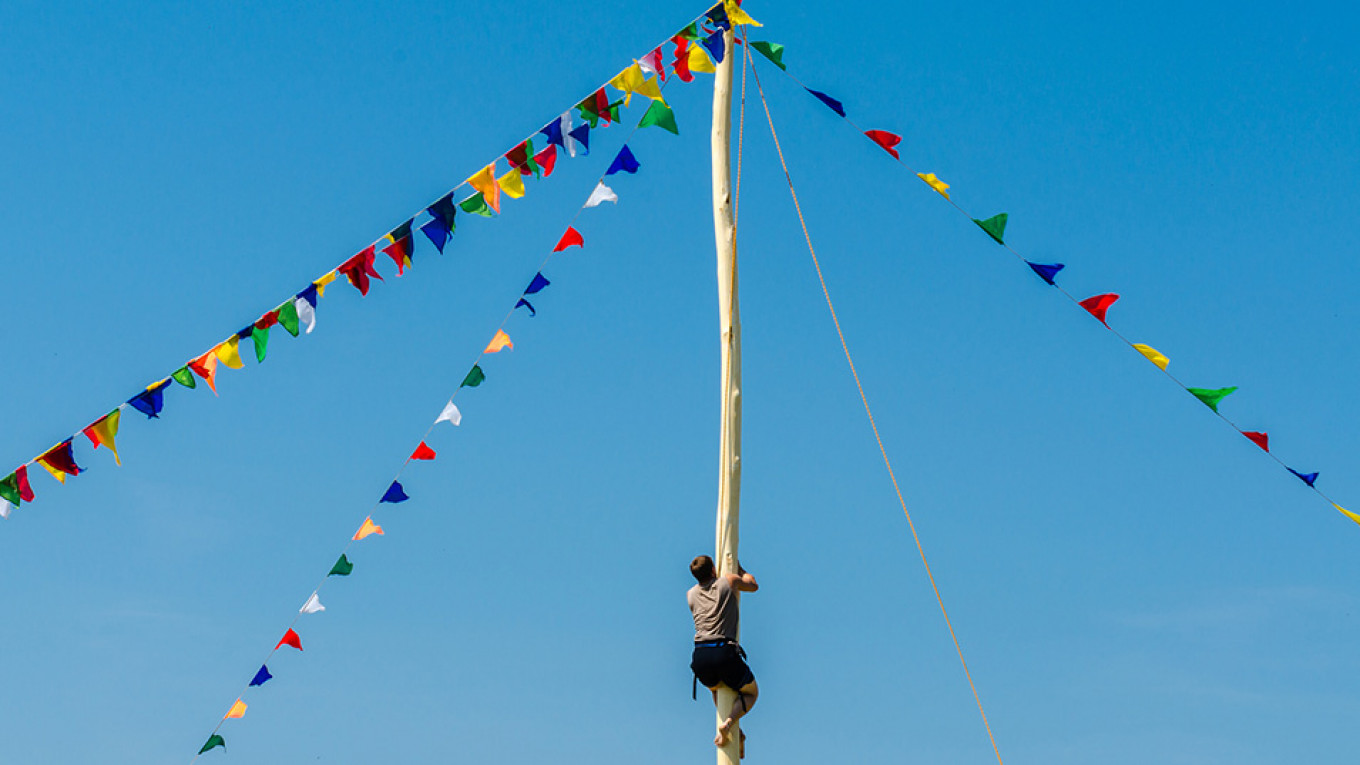
Tatar Literature
Tatar literature is best known for its poetry; the traditions date back to Sufi poetry, which was prevalent from the second half of the 16th to the end of the 19th century. Gabdulla Tuqay (1886-1913) is considered the founder of modern poetry and is at the top of the list of Tatar national heroes, along with legendary ballet dancer Rudolf Nureyev.
Holidays
Sabantuy is one of the Tatars’ most significant pre-Islamic holidays. Translated from Tatar as “festival of the plow,” it celebrates the completion of spring sowing works. The holiday has origins in Volga Bulgaria traditions and the celebration includes holding various competitions like running, wrestling, horse racing or fighting with bags on a log.
An important element of Sabantuy is koresh — traditional wrestling with belts. Each of the fighters tries to throw the other on his back while holding his wide belt (kushak). A clean victory is when one of the parties ends up on his back — otherwise there’s a complex evaluation system. Koresh has become a proper sport, regular world championships are held in Kazan.
Architecture
Kazan’s architecture had been shaped over many centuries and therefore combines Eastern (leftovers from Volga Bulgaria, Golden Horde and Kazan Khanate), Russian and various European styles that were prevalent in Russia at one time or another. This is particularly reflected in Tatar mosques, some of which were built by Russian architects and look like they could just as well be secular buildings.
Wealthy Kazan merchants built mansions in the art nouveau style in the early 20th century and many of them remain today (one of the most famous is the Tatarstan National Library building). In the Soviet period, Kazan became a city where new, experimental approaches to architecture could be tried out. For example, the Kazan Circus building became the second in the world built in the shape of a truncated cone. There are several interesting examples of constructivism and Soviet modernism.
Theater
The first Russian-language theater was founded in Kazan in the late 18th century. Theater in Tatar, on the other hand, only appeared in the early 20th century, before the revolution.
Since Tatarstan did not have its own movie studio, most actors and directors who worked in Tatar were engaged exclusively in the theater, which became immensely important. Tatar-language theater remains strong and often gets Golden Mask awards for its productions. During the World Cup, Kamal Theater will show several performances with translation into English.
A Message from The Moscow Times:
Dear readers,
We are facing unprecedented challenges. Russia's Prosecutor General's Office has designated The Moscow Times as an "undesirable" organization, criminalizing our work and putting our staff at risk of prosecution. This follows our earlier unjust labeling as a "foreign agent."
These actions are direct attempts to silence independent journalism in Russia. The authorities claim our work "discredits the decisions of the Russian leadership." We see things differently: we strive to provide accurate, unbiased reporting on Russia.
We, the journalists of The Moscow Times, refuse to be silenced. But to continue our work, we need your help.
Your support, no matter how small, makes a world of difference. If you can, please support us monthly starting from just $2. It's quick to set up, and every contribution makes a significant impact.
By supporting The Moscow Times, you're defending open, independent journalism in the face of repression. Thank you for standing with us.
Remind me later.


